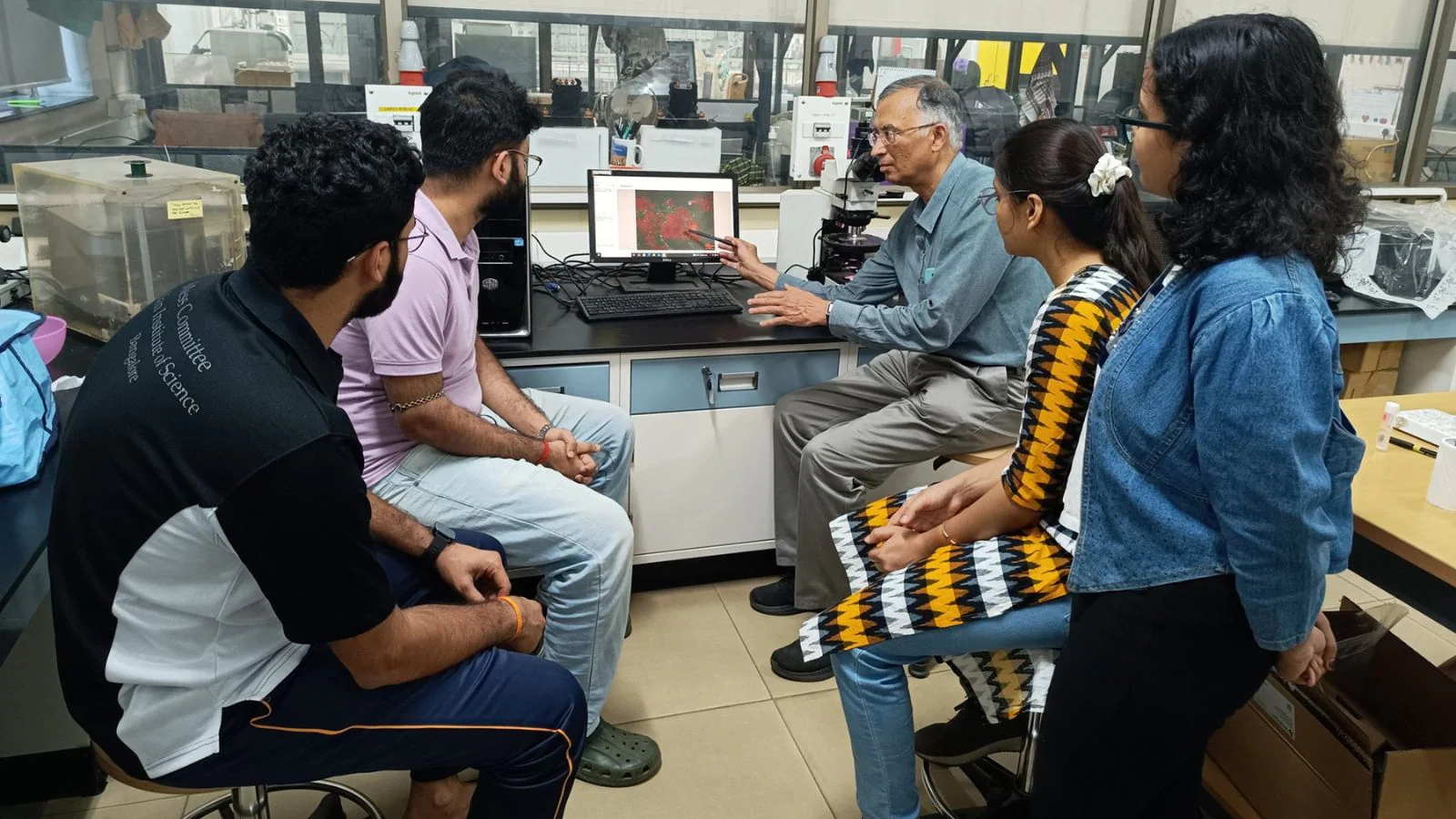By News18
Researchers at the Indian Institute of Science (IISc), Bengaluru, have developed an innovative and affordable luminescent probe that uses terbium—a rare earth metal—to help in early detection of liver cancer. The breakthrough built on a decade of dedicated work is significant because it offers a low-cost, accessible way to detect enzymes linked to liver cancer.
Unlike traditional methods that require extensive, high-end equipment, the new technique uses a simple UV lamp and free, open-source software, ImageJ, to analyse results. This makes it especially valuable for use in resource-limited settings, where access to advanced lab tools may be a problem.
“Conventional methods of colour-based testing and fluorescence for detecting such enzymes linked to liver cancer often struggle with low sensitivity or interference from background signals. But the ability of rare earth metals to have long-lived excited state allows us to filter out short-lived background fluorescence, resulting in a much clearer signal,” explained Ananya Biswas, former PhD student at IISc and co-first author of the paper published in peer-reviewed journal Chemistry.
The team began conducting experiments on metal ions and their gel-forming properties, and found that terbium ions placed in a gel made from bile salts can emit green fluorescence. (News18)
To make the test easy, the team designed this assay as a simple paper-based sensor. While clinical studies are still needed to validate the assay, the team is hopeful that such sensors could significantly lower the cost of detecting clinically-significant biomarkers.
10 YEARS OF DEDICATED WORK
Liver cancer is usually detected by tracking certain biological markers like β-glucuronidase, an enzyme found widely across life forms, from microbes to plants and animals. Its main role is to break down a sugar acid called glucuronic acid. However, beyond this basic function, elevated levels of this enzyme are linked to liver cancer, and occasionally to colon, breast, and kidney cancers, urinary tract infections and AIDS.
So, almost a decade ago, the team began conducting experiments on metal ions and their gel-forming properties, and found that terbium ions placed in a gel made from bile salts can emit green fluorescence. The researchers then added an organic molecule called 2,3-DHN (2,3-Dihydroxynaphthalene) which was covered with a layer of glucuronic acid and shined UV light on the sample to see the results.
“The free 2,3-DHN acts as an ‘antenna’, absorbing UV light and transferring the energy to the nearby terbium ions, making them glow brighter. The gel keeps the antenna and terbium ions close together, so the energy transfer works well,” explained corresponding author Uday Maitra, honorary professor in the department of organic chemistry, IISc.
MAY AID IN EARLY DETECTION OF LIVER DISEASE
Furthermore, the researchers highlighted that using this method, they were able to detect the enzyme at levels as low as 185 ng/mL. To put this in perspective, β-glucuronidase levels of around 1,000 ng/mL are typically seen in people with decompensated cirrhosis, an advanced stage of liver disease, so their method can help in early detection.
“With liver cancer claiming more lives each year, such a technological advance is both timely and promising. Given the wide clinical relevance of β-glucuronidase as a biomarker in different types of cancers, neonatal jaundice, and NSAID-induced toxicity, this sensor offers a potentially powerful screening tool,” the team added.
